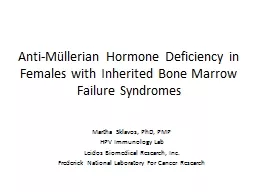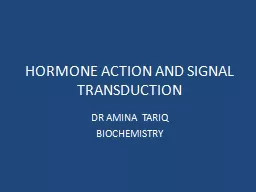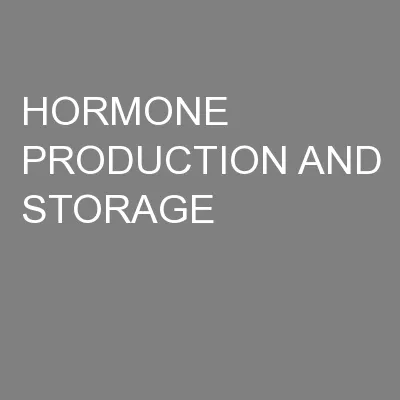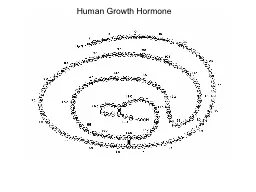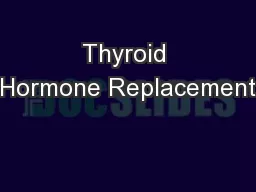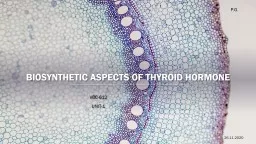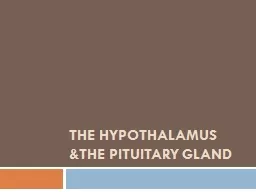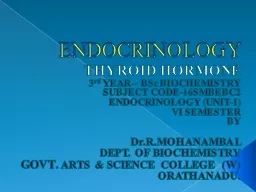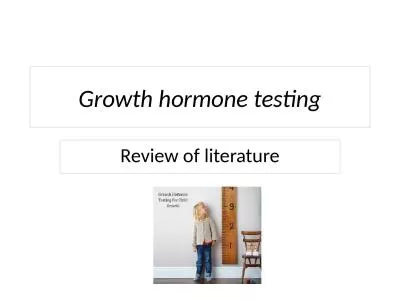PPT-Anti- Müllerian Hormone Deficiency in
Author : test | Published Date : 2020-04-03
Females with Inherited Bone Marrow Failure Syndromes Martha Sklavos PhD PMP HPV Immunology Lab Leidos Biomedical Research Inc Frederick National Laboratory For
Presentation Embed Code
Download Presentation
Download Presentation The PPT/PDF document " Anti- Müllerian Hormone Deficiency in..." is the property of its rightful owner. Permission is granted to download and print the materials on this website for personal, non-commercial use only, and to display it on your personal computer provided you do not modify the materials and that you retain all copyright notices contained in the materials. By downloading content from our website, you accept the terms of this agreement.
Anti- Müllerian Hormone Deficiency in : Transcript
Download Rules Of Document
" Anti- Müllerian Hormone Deficiency in "The content belongs to its owner. You may download and print it for personal use, without modification, and keep all copyright notices. By downloading, you agree to these terms.
Related Documents

